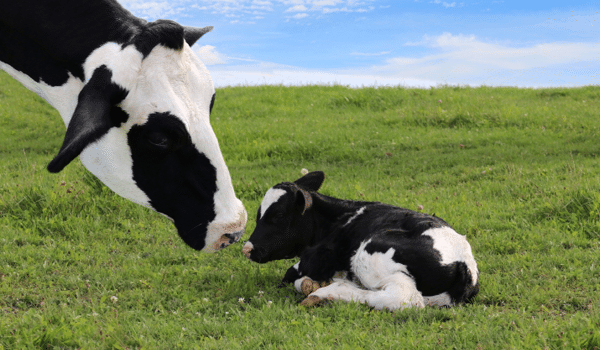Often seen as an unproductive period, drying up is nevertheless a transitional period for dairy farming. Drying up, defined by the cessation of milk secretion and the regeneration of mammary tissue, conditions the future lactation of the cow. It is therefore essential not to neglect this period to properly prepare the cow and reduce the risk of developing pathology in early lactation. For this, the rationing control is the key to success.
Drying up is divided into two rationing phases:
During the drying up phase, magnesium plays an important role. Magnesium deficiency causes a decrease in bone calcium mobilization as well as calcium absorption. Magnesium activates vitamin D because the enzymes that metabolize vitamin D need magnesium to function. Also, a high magnesium content and a low DCAD during the dry period can reduce the risk of hypocalcemia.
In addition, phosphorus intake is also important because hypophosphatemia is usually accompanied by hypocalcemia. However, a Ca/P ratio around 1 need to be maintain during this period. Therefore, providing a phosphate without calcium such as MAG26 or MAP could be interesting.
